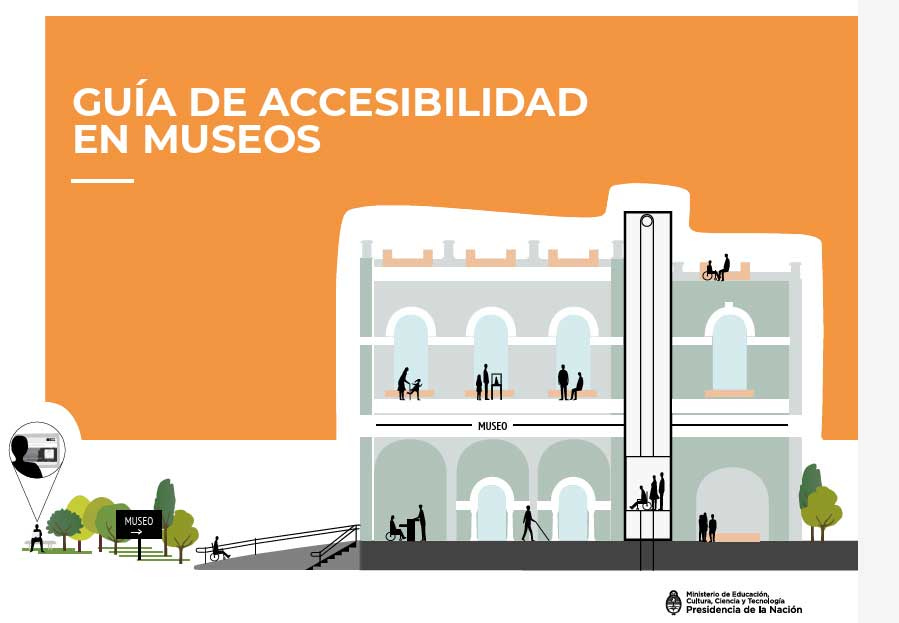Carolina Balmaceda: 'Accessibility from the Body: A Different Way of Inhabiting Museums'
From Argentina, Carolina combines museum management with a sustained embodied practice.
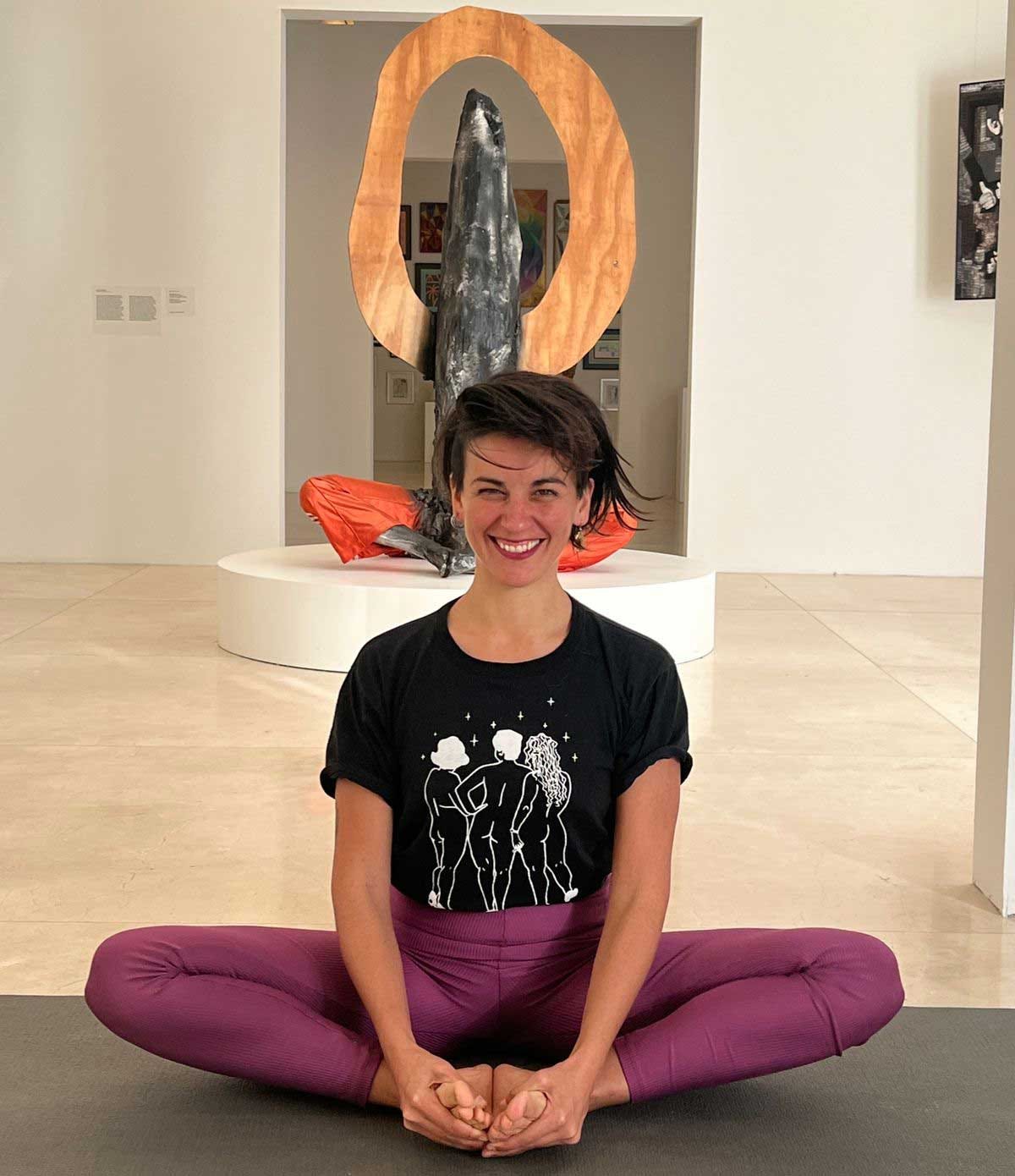
What has movement taught you about inhabiting museums and thinking about accessibility from the body?
It has given me many tools. What comes to mind immediately is a line of research in dance where we explored how we do what we do, and how to do it differently: how many other responses can I give to a stimulus? In this sense, it opens up a broad sense of listening that forces you to move away from automatic responses, from what you’ve learned, from the way you usually do things—from habit—to make room for new connections—even neural ones—and therefore for creativity.
I often found myself applying this to my work with museums. Especially inquiring into how they allow us to inhabit them, how to get them to respond in new ways, how to create different formats and not repeat the same exhibition proposals over and over again, how to engage multiple intelligences and not only the intellectual one.
In this way, I also deepened my connection with accessibility, understanding that it means generating different responses to the same situation. For example, offering different formats and supports so a visitor can access content; offering various routes through an exhibition, different materials, allowing people to approach meaning through different languages and not only through an academic-textual narrative.
In somatic research, intelligence is expressed through movement/action: it is praxis. And, in my view, something similar happens with accessibility, because it is absolutely tied to the experience of accessibility. Whether for its development or its use, accessibility is not about discourse or applying theories; it is a field that functions through the experience of its users, evolves through collective reflection, and constantly finds new ways of doing things.
Finally, that observation I brought from somatic practice to my work in museum accessibility is also nourished by another tool I take from yoga: observing a stimulus and giving it time before reacting. In my view, working with accessibility implies the same: it needs observation to find new forms and it needs time—to include the experience of others, to ask necessary questions, to act differently, and to host a process with iterations and tolerance for error. A good answer is never immediate or rushed.
What transformations have you seen in museums that truly incorporated that perspective?
The first transformation I saw was a human one. It has to do with the process undertaken by the people working in these spaces. It almost always starts with one person, but then it has to involve various departments, including leadership, in order to weave a process that is always interdisciplinary and always collective.
I have seen museums that made structural changes, others that began engaging different communities, others that modified their programming. Some are already trying to incorporate a systemic perspective—that is, accessibility as an integrated approach. And others, with dedication and determination, are hiring people with disabilities onto their teams, or have brought in consultants to develop programming, and now include accessibility in their planning and budgeting. Accessibility always, in some way, entails an institutional transformation and a modification in workflows, formats, and timelines. It is necessary to be open to these new needs—which may also be the needs the world is expressing right now—and we are channeling them through accessibility, aren’t we? How humanity itself, in so many cases, needs to work at different rhythms, at other speeds, to give ourselves the time to think things through a bit better, to work through mistakes, to develop more tolerance for error, and also to move forward with more certain steps.
We have also seen, in many cases, museums or cultural centers—even beyond the cultural field—that move forward with accessibility actions that are prefabricated. And these are often measures that clearly do not work in the vast majority of cases. I have seen countless instances where accessibility is treated like a packaged solution that is simply inserted into an institution without considering the uniqueness of that space and of the people who inhabit it, its function, its activities, etc. And that kind of accessibility doesn't work. Unfortunately, for many sectors of society, accessibility is still seen as mere decoration. So these off-the-shelf solutions seem logical to them because they’re a shorter path and certainly a less uncomfortable one. But the truth is that, in the end, most of the time, these solutions are not useful to the people who need them. And so, eventually, things have to be redone.
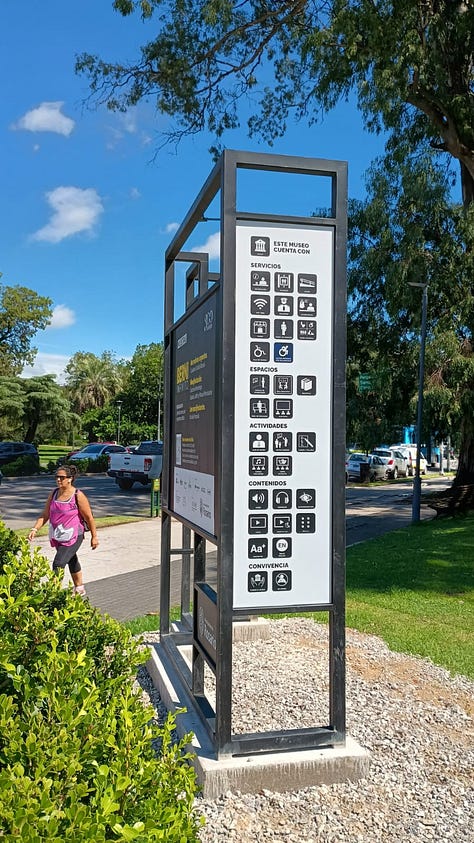
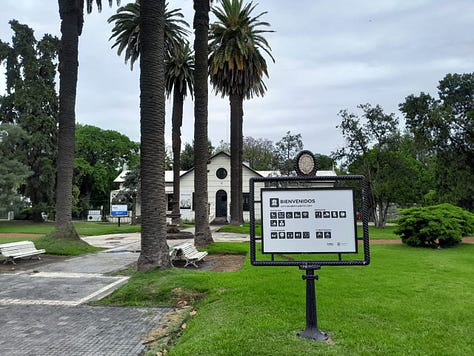
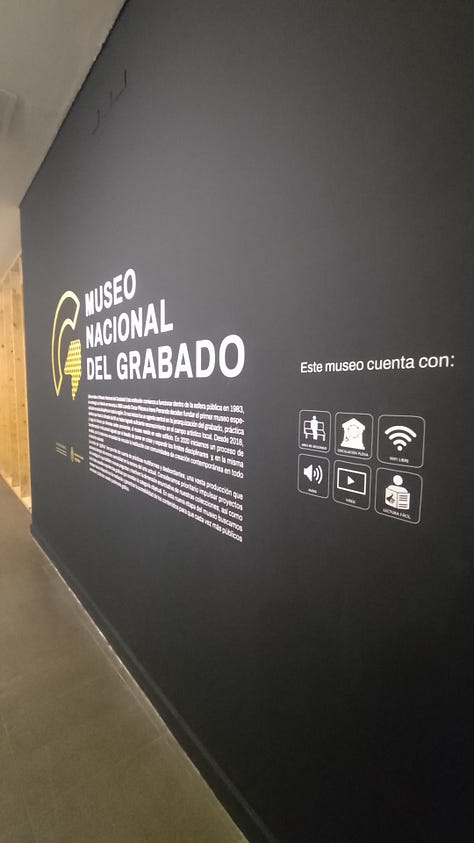

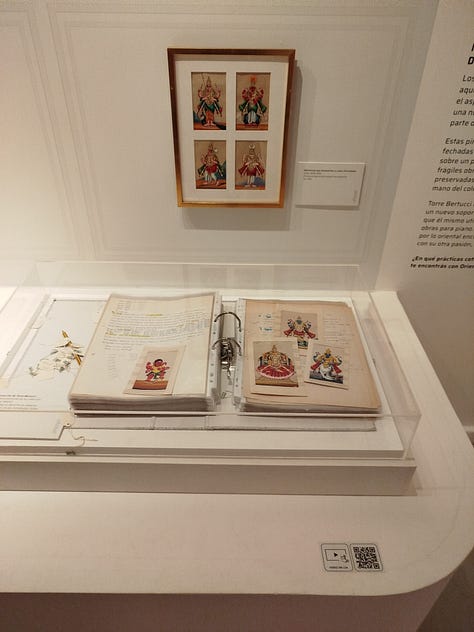

You were co-author of the Museum Accessibility Guide. Where should an institution start if it wants to move forward on this path?
In the Museum Accessibility Guide, we tried to organize information that was already in circulation at the time, but in a very scattered way, and known only to a few of us working on the topic in Argentina. There were manuals from various countries, but there was no publication specific to the cultural field, especially focused on museums, in our country. So what we did—just like several manuals from other countries had done—was to systematize the existing regulations. But we also proposed a particular way of thinking about accessibility through the concepts we introduced: surfaces of contact and layers of accessibility.
The first concept refers to the instances where the museum or institution comes into contact with the public. These instances include: the website and social media, the immediate surroundings, the welcome area, circulation and gathering spaces inside the building, exhibitions (or in the case of a theater, the stage area), and the activities that take place in those spaces. Presenting this idea of the situations where accessibility is manifested, we then introduced the second concept: the three layers that compose accessibility. Accessibility in mobility—which refers to infrastructure and furniture; accessibility in communication—which relates to what is communicated and how; and cognitive accessibility—which deals with the content of the information conveyed.
If we understand that these three layers are constantly present in every interaction between an institution and the public, we can also understand that simply adding a ramp at the entrance does not solve accessibility for that space or institution.
This guide has served as a manual that has helped many institutions take their first steps. The virtual course "Starting from What Is Possible" was a space where we were able to delve deeper into this paradigm and its implications. It was a course we created for cultural workers, which ran for five editions over three years, with participants not only from Argentina but also from across Latin America.
The seed we planted is this: the idea of accessibility as a system. We always use a well-known image: the accessibility chain. If I install a ramp at the entrance but to reach the exhibition on the upper floor one must use the stairs, that chain breaks. Often institutions are unaware of this, and they implement isolated accessibility measures, then wonder why they don’t work. They are not realizing that there is a system of accessibility that the museum itself is failing to guarantee—so people may arrive at the space, but feel immediately excluded.
So, the first thing an institution should assess is whether it is actually working on accessibility, and then, how it is working on it. Is it being addressed through quick fixes, as a checkbox to fulfill? Or is there a chance to develop an approach of their own, in collaboration with people with disabilities and with the goal of building a system—and ensuring that it works?
What alliances, support, or policies are key to sustaining these efforts over time?
I believe that in order to sustain and expand efforts over time, it is essential to build working alliances with the very people you aim to involve. I mean working with organizations of people with disabilities and with organizations from the communities you want to include.
Accessibility is not just about disability—it’s about the access we provide to human diversity. So if the aim is to include people with disabilities, linguistic minorities, the LGBTIQ+ community, Indigenous peoples, etc., then working with their communities and civil society organizations will help ensure these efforts are sustainable. It is also a guarantee when decision-making is done in consultation and with the active participation of these individuals, because it implements the criteria that they themselves have developed and have been advocating for in society. Depending on the case, this can take the form of advisory work or collaborative projects.
Very often, when museums first try to address accessibility, they end up making a physical change to the building, adding a device to an exhibition, or programming an accessible activity for a specific audience—and sometimes, no one comes. This is very common, and is partly due to not working with advisors from those communities and also lacking relationships with their own organizations. So it’s about beginning with a different approach—and that, in turn, allows decisions around budgets, human resources, physical space, and programming space to yield better results. But for that to happen, museums need to change the way they are used to working.
Welcome video to the Manzana de las Luces in Argentine Sign Language, featuring accessible pictograms. Produced by the Accessibility and Inclusion Department in collaboration with the institution.
If you could share one practice with others working in accessibility around the world, what would it be?
I’d share the accessible pictogram system—not because I authored the manual, but because the development of the system itself was a process that involved a tremendous amount of work. In it, we applied everything we’d been reflecting on, learning, sharing, and advising about accessibility. We developed it with deaf and blind advisors, and with internal guidance from our department on cognitive accessibility. It also underwent a process of consultation and validation by people with intellectual disabilities, people with autism, and specialists from Fundación Brincar and the National Disability Agency.
It’s a free and open-use system designed for visual signage in cultural spaces, especially museums. It consists of nearly 100 pictograms, each in two versions: one with a white background and one with a black background. The material is highly specific in terms of cognitive and communication accessibility. It cannot be modified or used to create derivative designs. Each pictogram includes both a visual icon and a text label in Spanish, ensuring greater access to basic information in signage, printed materials, websites, etc.
This project had many phases of development and implementation. We began in 2019 with the reopening of the Casa de Yrurtia Museum, working on accessibility and signage for services and accessible content. We developed an initial system with just a few pictograms. A few years later, the need for more pictograms became evident as we began applying the system in other National Museums. The project took on a national scope in 2022, when we carried out a survey across the 25 National Museums under the National Museums Directorate (part of the current National Secretariat of Culture), identifying communication needs and determining which pictograms to create.
We always worked in accordance with current international standards and conducted thorough research—consulting with specific communities to understand whether the pictograms aligned with their perspectives, terminology, and needs. For both the creation of new pictograms and the overall system criteria, we consistently referenced the standards developed by Plena Inclusión (Spain) and used the ARASAAC system (Aragón, Spain) as a benchmark, which has an extremely high level of quality.
It’s a project I dedicated many years to, and I’m incredibly proud of what we achieved alongside all the people who participated in its various phases. Working in accessibility usually involves long processes; there are always many frustrations to navigate. This project, in particular, required an exhaustive level of complexity and detail. But what I find inspiring is that, in the end, when it finally came to light, the communities involved embraced it as their own. Museums are using it. The professional community across Ibero-America is circulating it. And it’s even being applied beyond the museum field. I couldn’t imagine a better outcome.
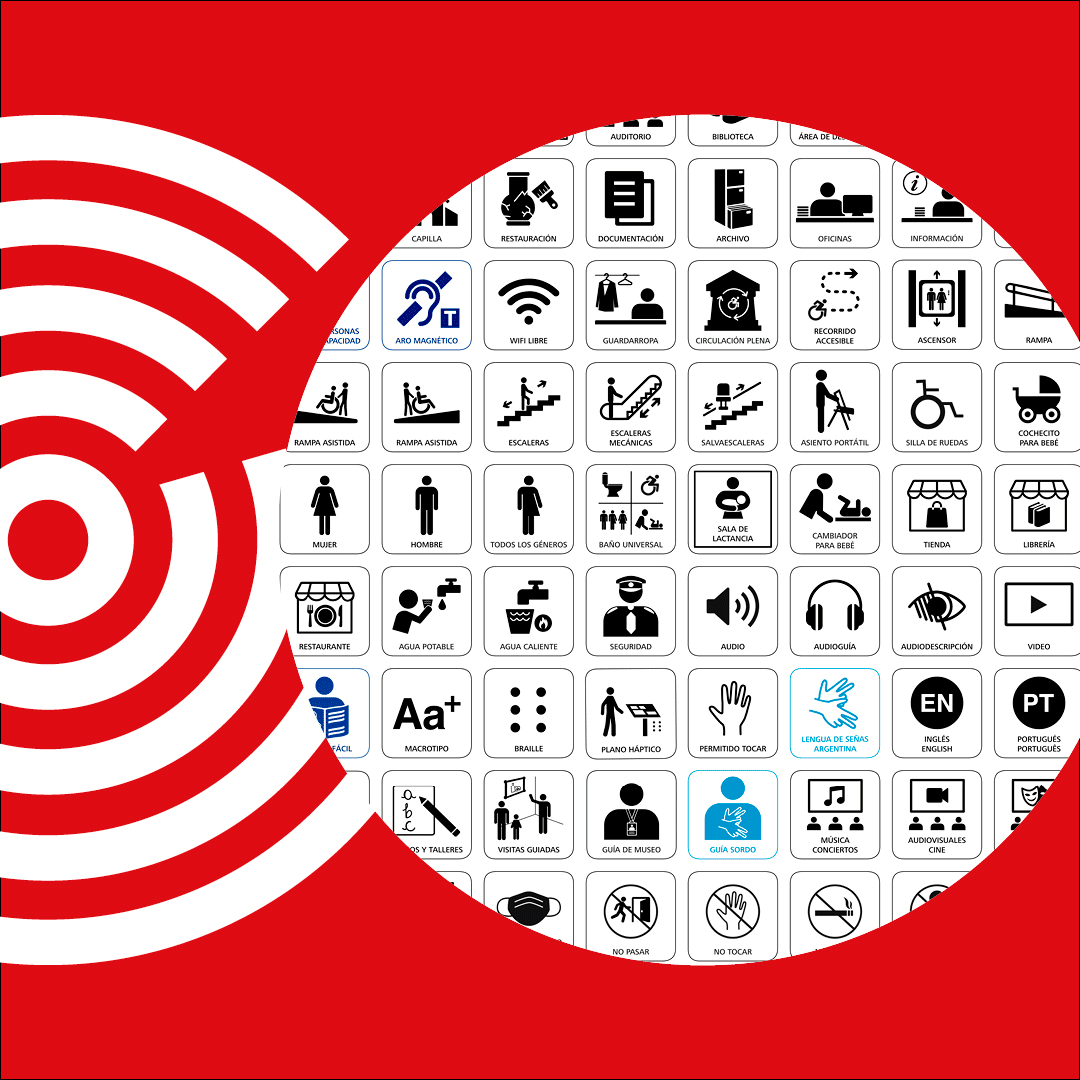
MORE
Carolina Balmaceda holds a degree in Social Communication. She completed the Specialization in Combined Artistic Languages at the National University of the Arts (UNA), and also has training in dance and is a certified yoga teacher. She was selected for the Museum Management Lab Fellowship by Fundación TyPA (2014) and for the ITEC Yoga Teacher Trainers Iteration Fellowship at Swami Vivekananda University, India (2024).
From 2017 to 2025, she was part of the Accessibility and Inclusion Department within the current National Directorate of Museums and Heritage Management of Argentina’s Secretariat of Culture. There, she advised National Museums and other cultural institutions, with a special focus on communication accessibility, supporting the development of exhibitions, content, and activities, while also leading training and capacity-building programs.
She is co-author of the course “Accessibility in Museums: Starting from What Is Possible” (2018), which she has also tutored several times. She co-authored the “Museum Accessibility Guide” (2018) and authored the “Accessible Pictogram System Manual” (2023).
She co-taught the course “Management for an Inclusive Performing Arts Scene” for Alternativa Teatral (2020). In 2022 and 2023, she served as lecturer in Accessible Communication in the Cultural Management Specialization Program at the National University of Córdoba. In 2025, she teaches the Accessible Communication course in the Diploma in Accessibility in Museums and Cultural Spaces at the National University of the Arts.
Her main interest lies in contributing to the creation of more human, diverse, and inclusive cultural spaces.




